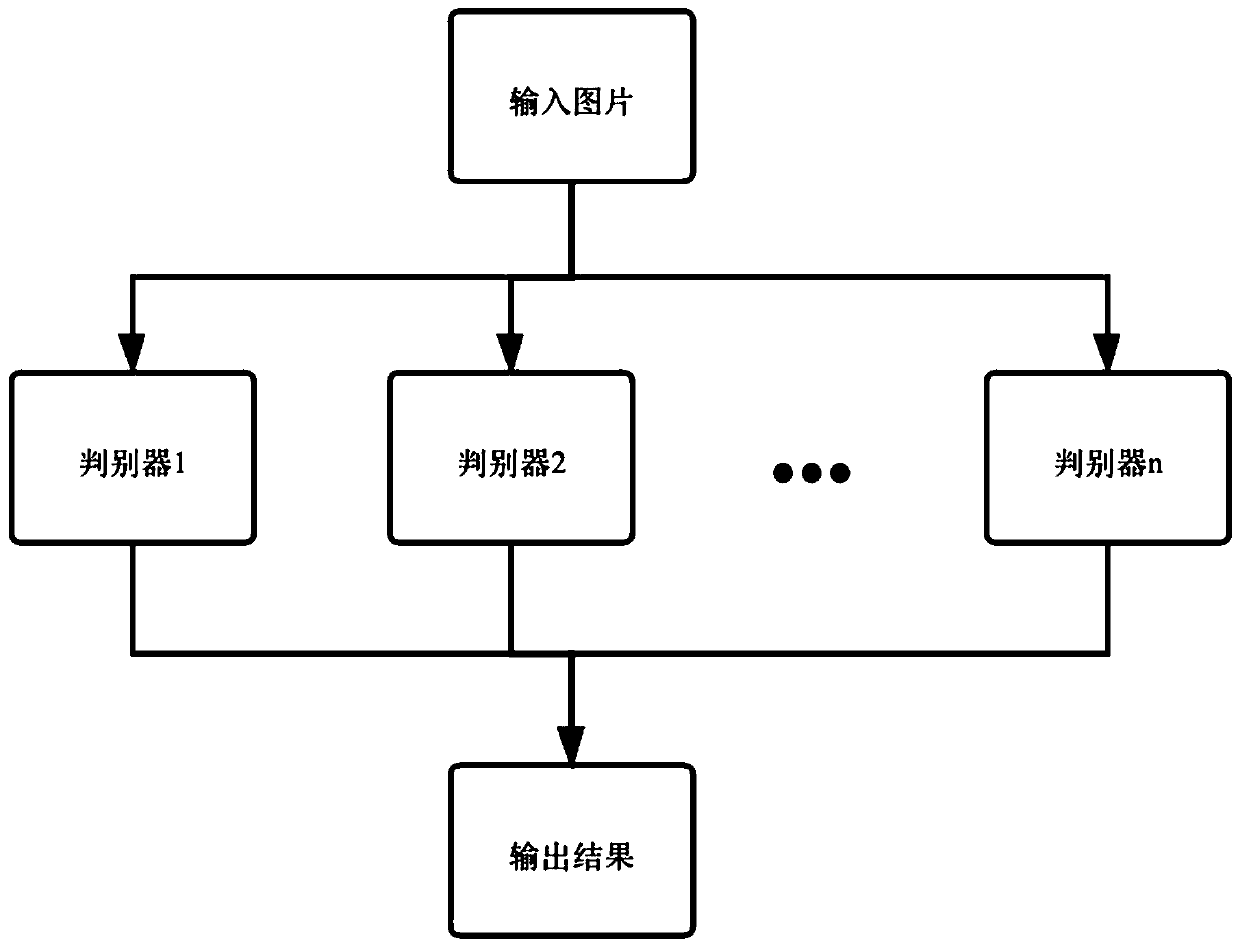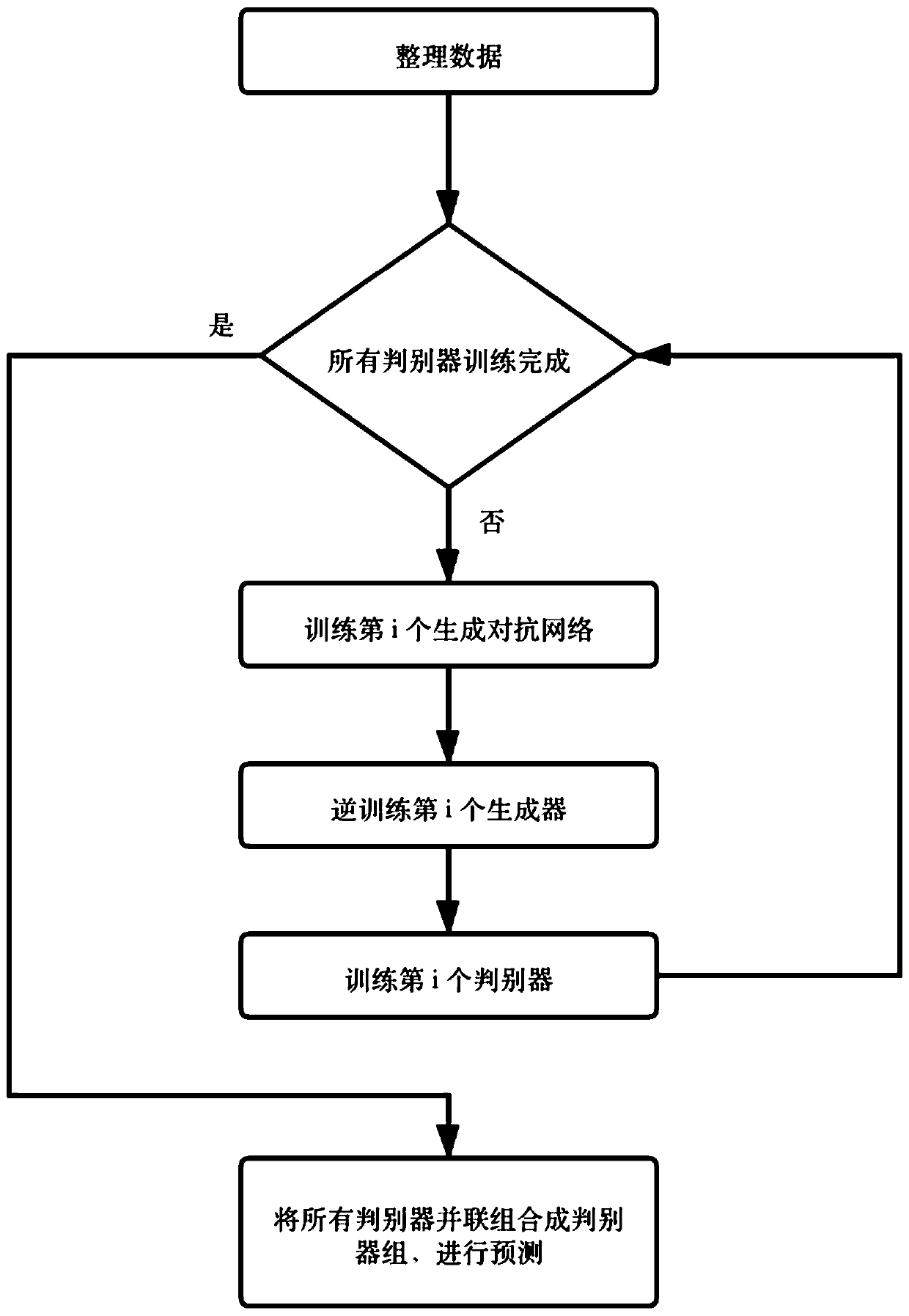Scalable modular image recognition method based on generative adversarial network
An image recognition and scalability technology, applied in biological neural network models, character and pattern recognition, neural learning methods, etc., can solve the problems of modification, waste of resources, complex models, etc. Scalability Modular, easy to deploy
- Summary
- Abstract
- Description
- Claims
- Application Information
AI Technical Summary
Problems solved by technology
Method used
Image
Examples
Embodiment Construction
[0021] Below in conjunction with specific embodiment, further illustrate the present invention, should be understood that these embodiments are only used to illustrate the present invention and are not intended to limit the scope of the present invention, after having read the present invention, those skilled in the art will understand various equivalent forms of the present invention All modifications fall within the scope defined by the appended claims of the present application.
[0022] This example needs to identify three types of image data of bank card, ID card and paper in the data stream.
[0023] like figure 2 As shown, training the image recognition model specifically includes the following steps:
[0024] Step 1: sort the image data by category, and divide it into three categories: bank card, ID card, and paper, and each category only contains the image data of the corresponding category;
[0025] Step 2: Prepare 3 generative adversarial network models according...
PUM
 Login to View More
Login to View More Abstract
Description
Claims
Application Information
 Login to View More
Login to View More - R&D
- Intellectual Property
- Life Sciences
- Materials
- Tech Scout
- Unparalleled Data Quality
- Higher Quality Content
- 60% Fewer Hallucinations
Browse by: Latest US Patents, China's latest patents, Technical Efficacy Thesaurus, Application Domain, Technology Topic, Popular Technical Reports.
© 2025 PatSnap. All rights reserved.Legal|Privacy policy|Modern Slavery Act Transparency Statement|Sitemap|About US| Contact US: help@patsnap.com


